

In this article we’ll discover how to make a floor plan in Excel. After initial explanations on floor plan sketch-ups, you’ll find a ready Excel template to create your floor plans and then we’ll also provide you with a step-by-step guide to create floor drafts in Excel from scratch.
Using Excel to create a floor plan might seem unusual. For those who are acquainted with spreadsheets, however, it’s a useful and approachable method. Excel is surprisingly useful for this task because of its drawing tools and grid system.
A floor plan is a scaled diagram of a room or building. Typically, it displays the arrangement of the furniture, windows, doors, and walls.
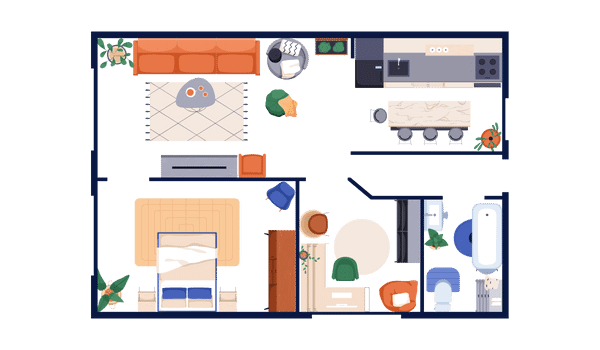
In interior design and architecture, floor plans are crucial. They support planning furniture arrangements, space visualization, and other tasks.
Yes, sure! You can use Excel to create floor plans.
In addition to data management, Excel has drawing tools. Simple floor plans can be made with shapes and borders.
Excel is widely available, but it’s not as sophisticated as specialized software. It works well for simple layout sketching and planning.

If you want a ready solution for your Excel floor plan drafts, then we have a very unique tool in our portfolio:

With this template, you’ll not need to manually create your drawings, you can just create your plan with button clicks.
How to make floor plans with this ready-to-use tool?
Firstly, you can make some configurations on your template for your specific needs. Here are the easy steps for your first set-ups:
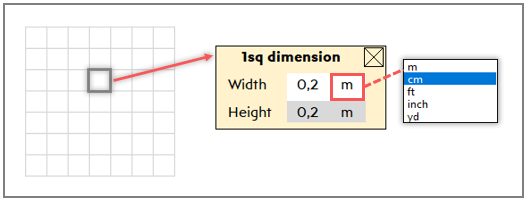
You’ll just add all the elements that you want to have in your floor plan. You’ll also add the dimension and starting point info that the template creates your plan automatically.

Yes, that’s all. You’ll list your elements and your floor plan will be created with a single button click. On our product page you may also find more detailed information on how to use this tool.
NOT: This tool also works with Mac. So you can use this Floor Plan Creator as an alternative to Visio. For more Mac-compatible tools, you can visit our Visio Alternatives for Mac Guide.
If you want to create your floor plans from start, let’s start together with step-by-step guide:
First, you should arrange the Excel grid so that it looks like graph paper. To depict a scale, please change the cell size such that one cell is equivalent to one square foot.
Tip: In Excel, the row heights are set to 15 points (20 pixels) by default. So adjust the column width to 2.14 to have square grids in your worksheet.
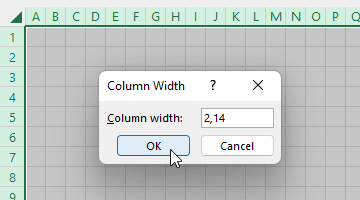
Drawing the plan to scale is made easier with the help of this setup.
Firstly, to draw walls, we will use Excel’s border tool. You can adjust border styles and colors from the Format Cell dialog box, which has a shortcut key of CTRL+1.
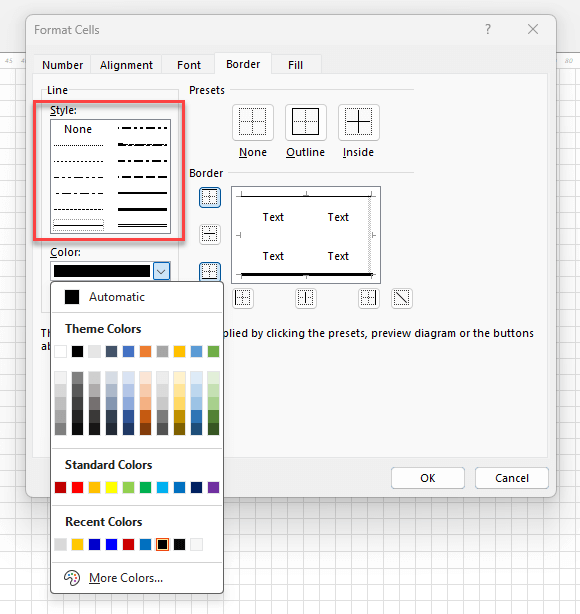
So, you can draw thick borders around each room’s perimeter. This stands in for the walls. Then, you can use a different border style or color for interior walls to create contrast.
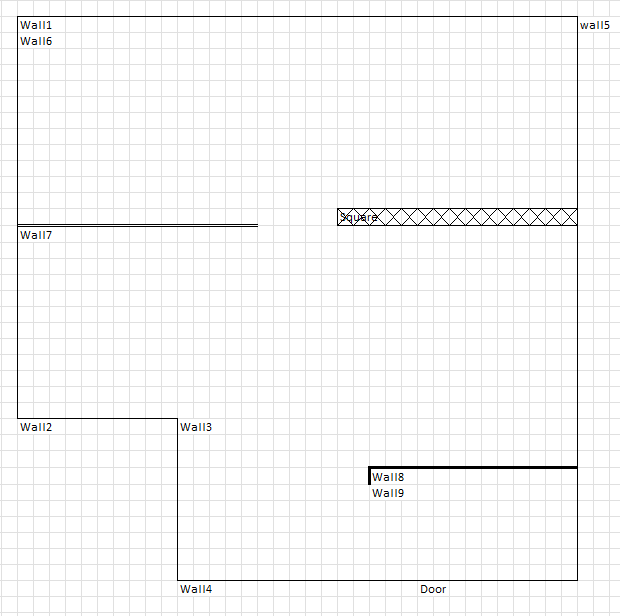
Now we’ll add doors and windows to our main sketch.
Here, we can make indentations in the borders or use different colors to accommodate windows and doors.
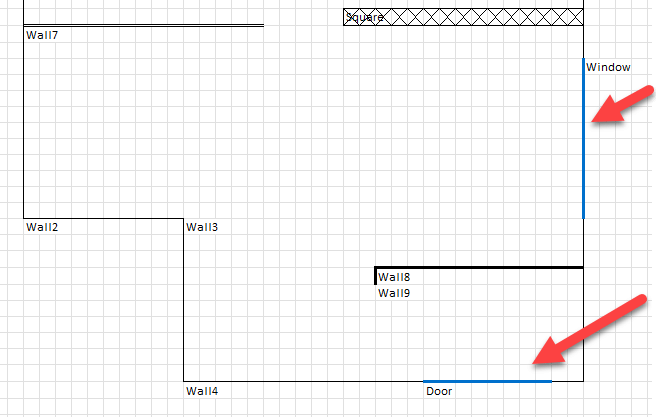
To distinguish between them, you may use distinct line styles. For example, using double lines for doors and dashed lines for windows might be an option. This facilitates seeing the wall apertures.
Firstly, customization entails adding information such as room names, measurements, and other particulars. That’s way, you can use Excel’s text and shape tools. The clarity and usefulness of the floor plan are improved by these details.
Here are some suggestions:
Lastly, you may add furniture icons to your draft. But, this is an optional step. You can use your own pictures from your device, or add Excel’s stock images.
So, in Excel top menu, go to Insert > Pictures > Stock Images to add furniture icons.
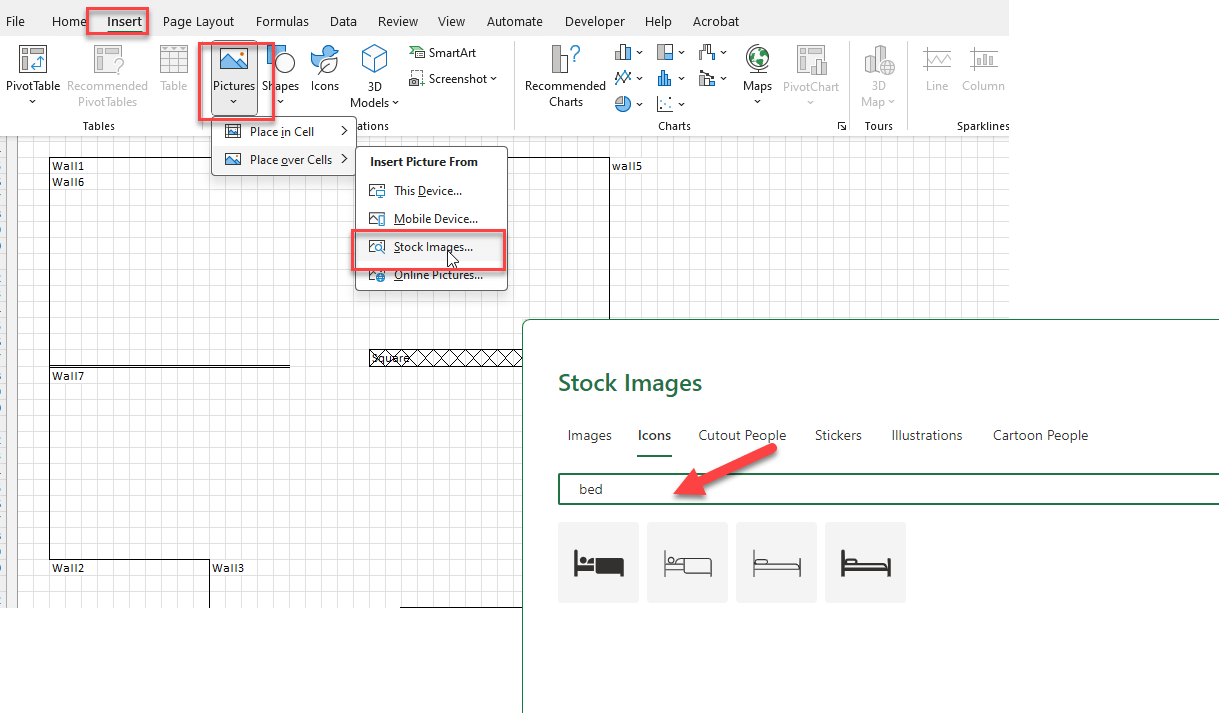
Also, you may search for pictures of furniture online and add them to your design.
Now, all you have to do is adjust these images’ size and placement to match your design. This stage helps with space planning and gives your floor plan life.
>> You can check out Floor Plan Examples to download free templates for various needs.Thus, it’s time to print your floor plan once it’s finished. Please make sure the scale of your printer is the same as your floor plan. Because, this guarantees that the layout will print accurately.

Microsoft Excel is such a flexible tool that you can use this spreadsheet to make floor plans
As explained with step-by-step guide, you can use borders, shapes, or pictures to draw your floor plans from scratch. Or, as a more professional and easy way, you can use Someka Floor Plan Creator to make your flexible and quick drafts.
Then, you can use these plans for your presentations to architects, contractors, clients or creditors.
Recommended Readings: